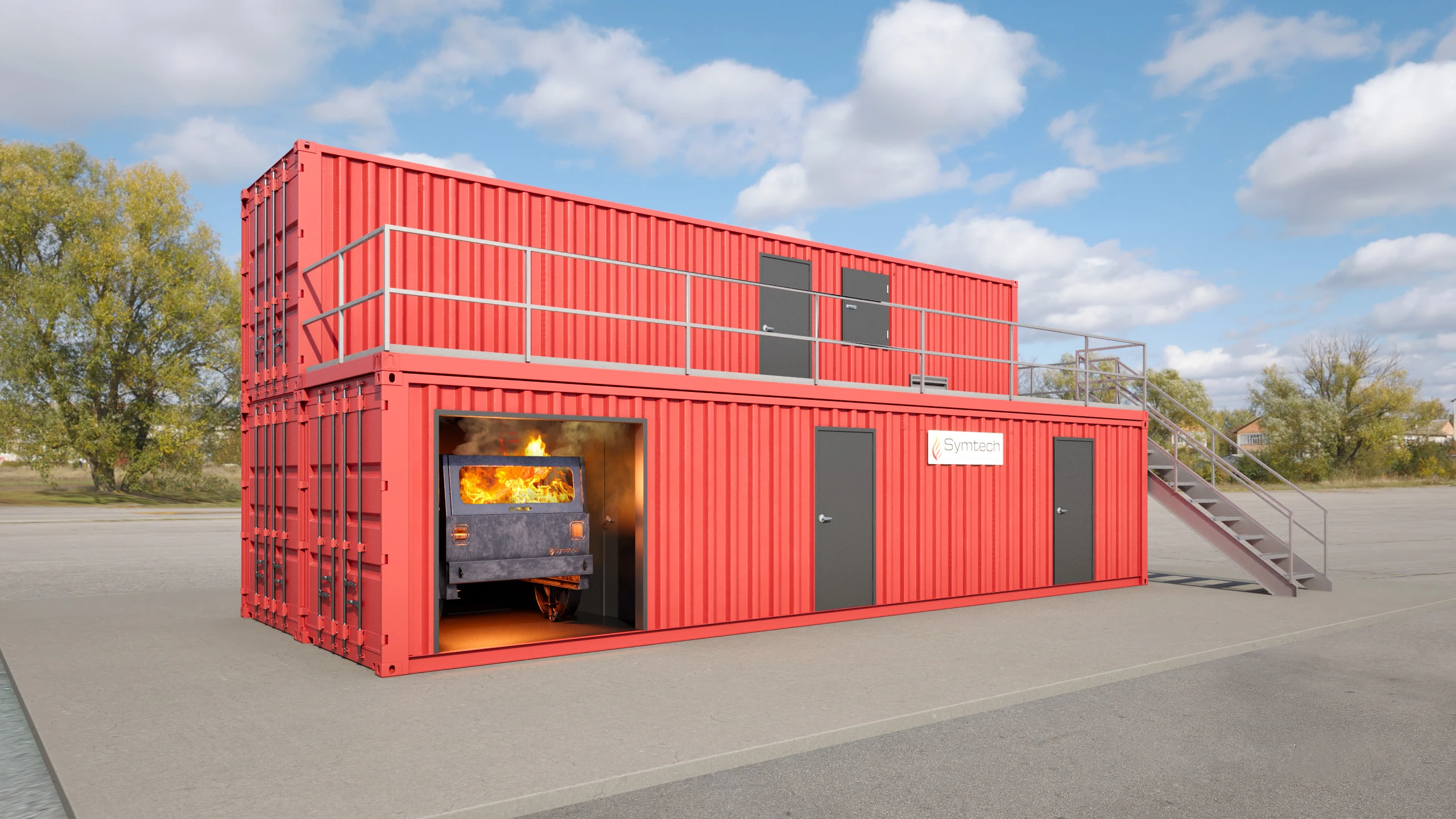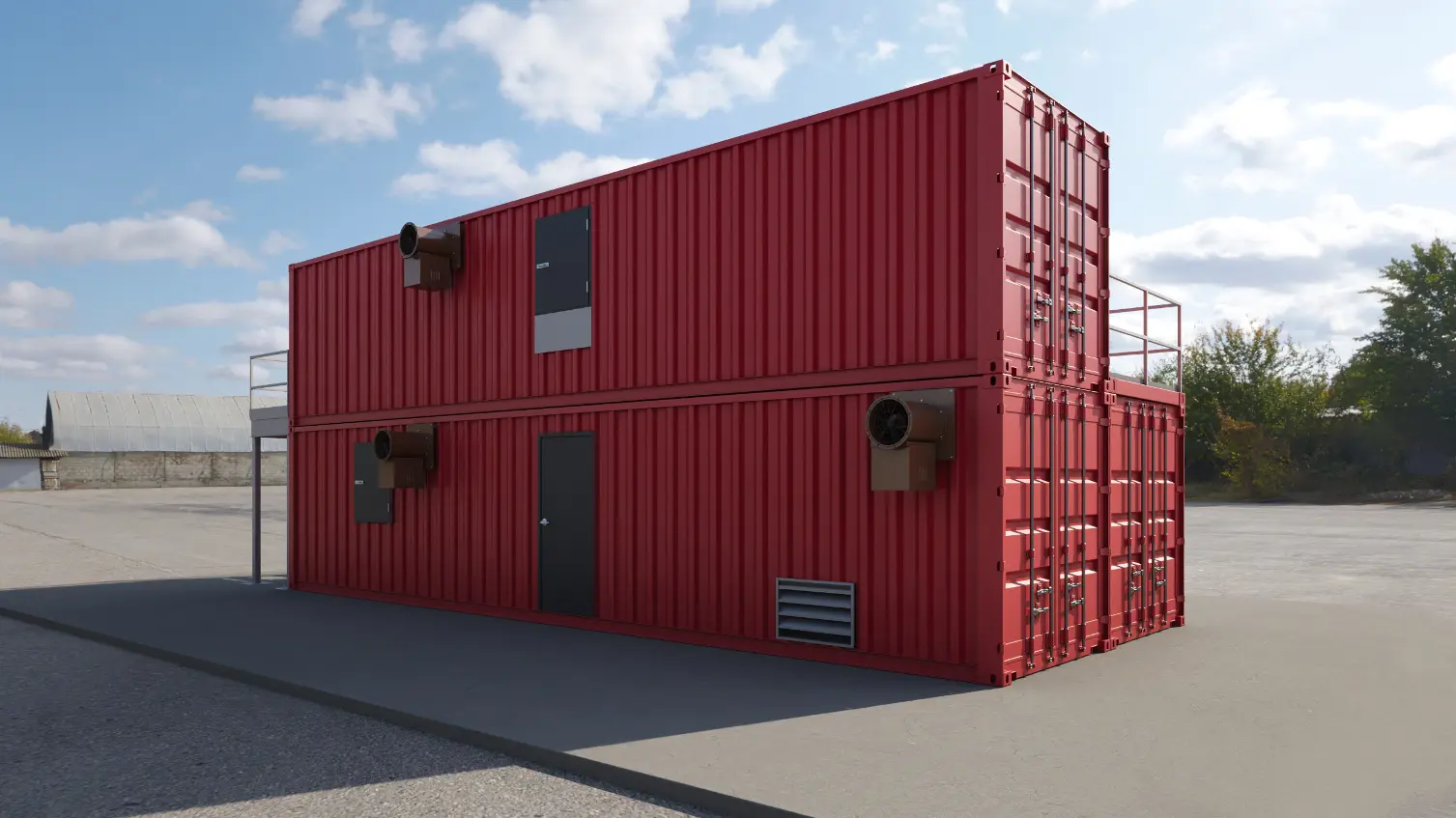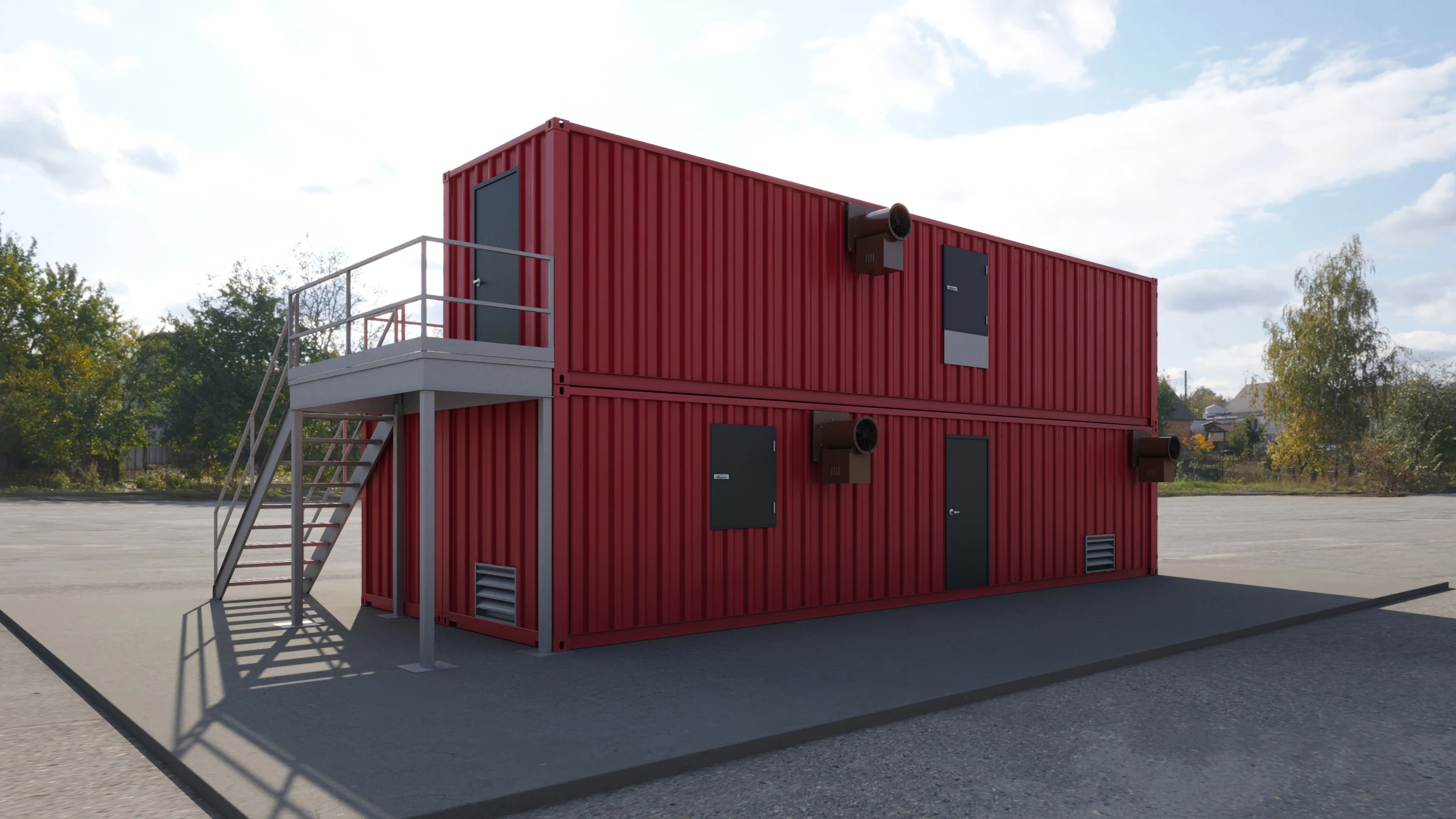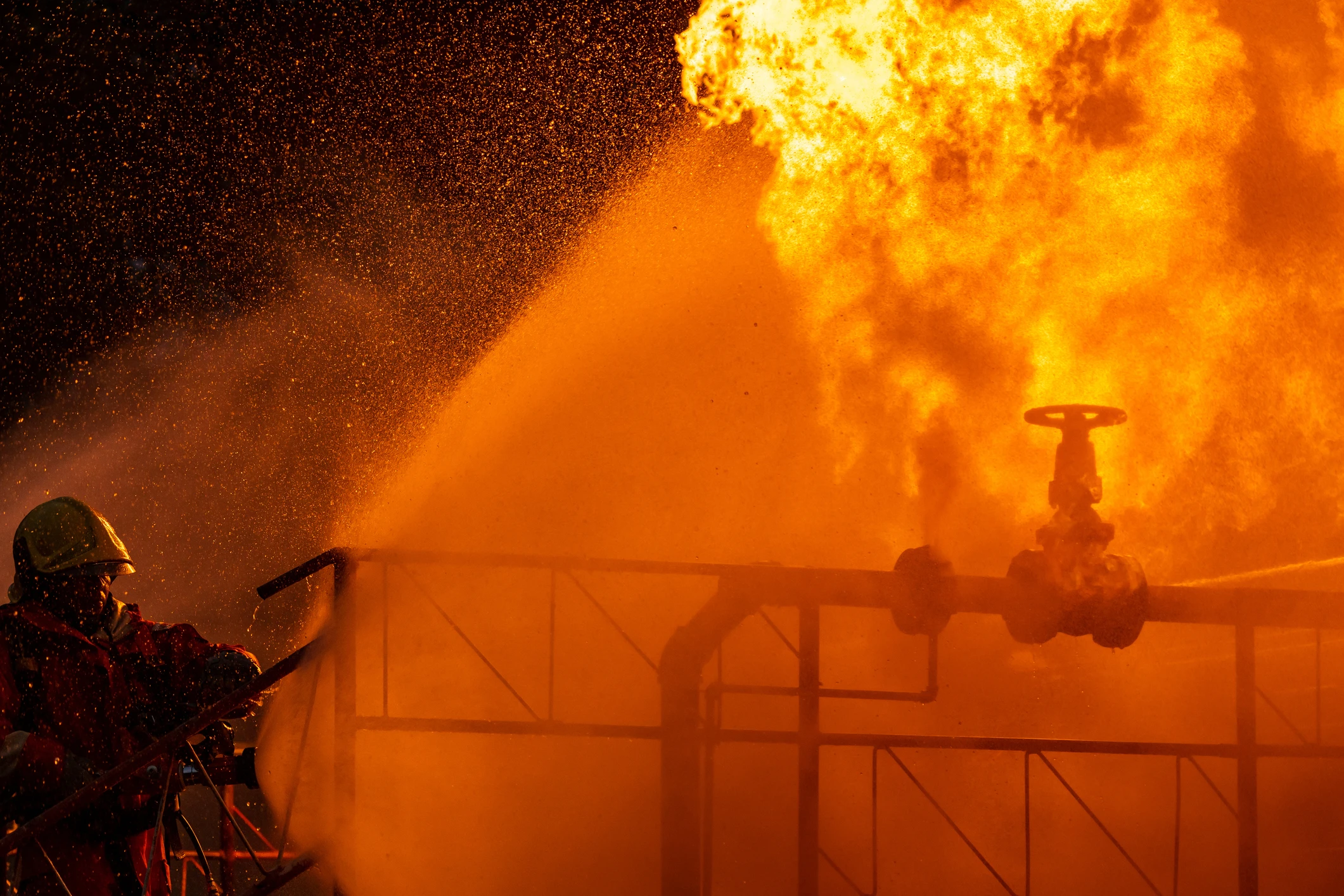

Container Fire Simulator (CFS) training units are designed to provide hands-on experience and realistic simulations for firefighters to practice firefighting techniques in a controlled environment. These units typically consist of a specially designed container that simulates various fire scenarios, such as fires involving structural elements , or confined space simulation.
The main components of a Container Fire Simulator training unit may include:
- Container Structure: The training unit is usually a modified shipping container or a bespoke structure, equipped with burn chambers, ventilation systems, and safety features to ensure controlled training environments.
- Burn Chambers: These are compartments within the container where fires can be ignited and controlled. They are designed to simulate different types of fire scenarios, such as liquid fires, gas fires, or fires involving solid materials.
- Safety Features: CFS units incorporate safety measures such as fire suppression systems, emergency exits, heat-resistant materials, and protective gear to ensure the safety of trainees and instructors during training exercises.
- Ventilation Systems: Proper ventilation is crucial for controlling the intensity and spread of fires within the simulator. Ventilation systems in CFS units are designed to mimic real-world conditions and allow instructors to adjust airflow as needed.
- Monitoring and Control Systems: These systems include sensors, cameras, and control panels that enable instructors to monitor training sessions, adjust fire scenarios, and ensure safety protocols are followed.
- Training Props: In addition to fire simulation, CFS units may include training props such as mock vehicles, industrial equipment, or hazardous material storage containers to simulate realistic firefighting scenarios.
- Educational Materials: CFS training often includes educational materials such as manuals, videos, and interactive simulations to complement hands-on training and enhance learning outcomes.
These units are valuable training tools for firefighters, allowing them to practice essential skills, improve response times, and learn how to effectively manage various fire incidents in a controlled setting before facing real-life emergencies.



Contact us
for your live fire training needs!
